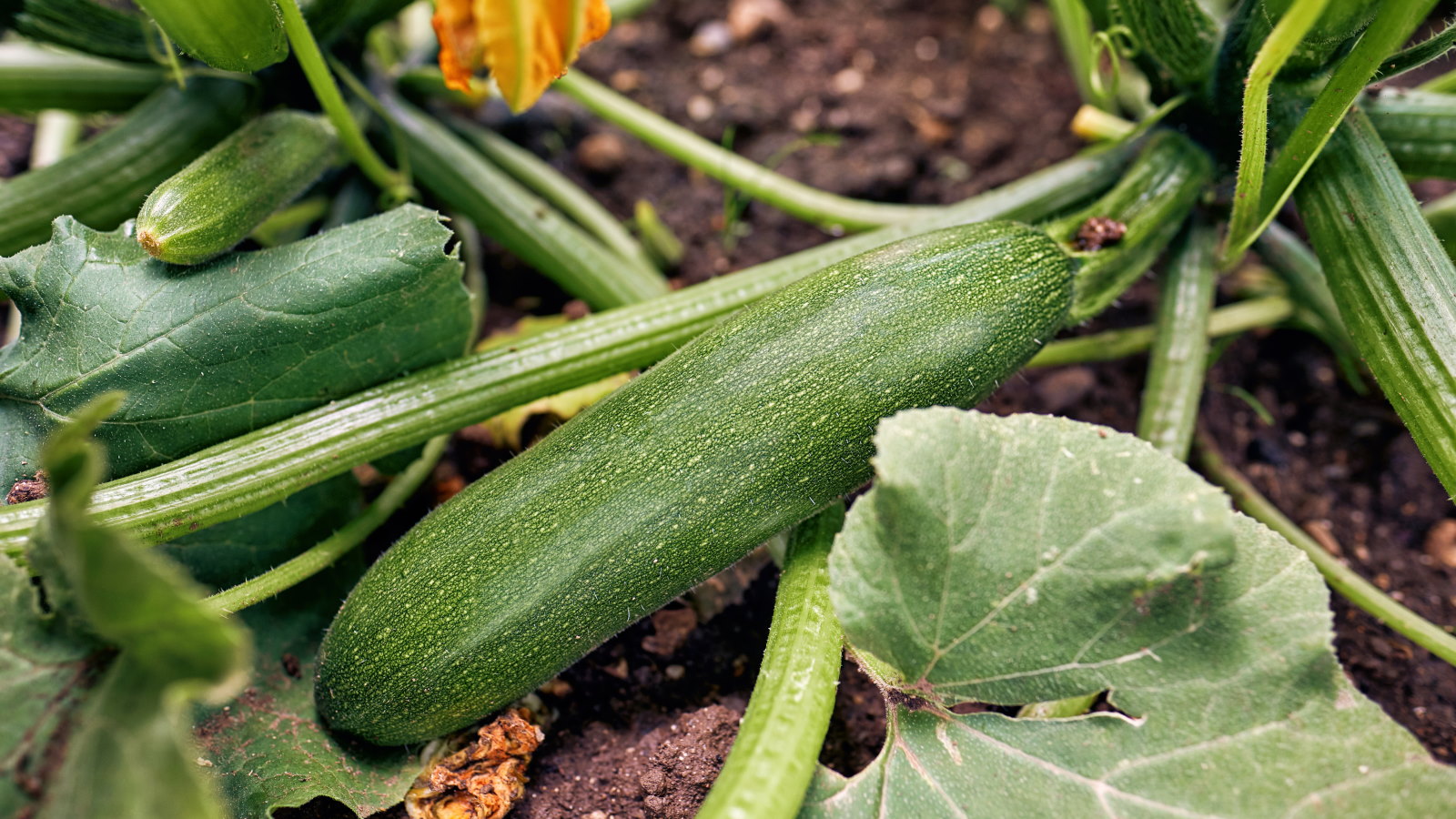
Zucchini are often prolific, producing a wealth of fruits on each plant throughout summer. It can leave growers inundated with zucchinis, often needing them to delve deep into their cookery books or give fruits to friends, family, and neighbors.
If you grow zucchini, however, the threat of pests is never too far away. There are lots of zucchini pests that can attack plants and threaten that usually reliable harvest. The stems, leaves, and fruits are susceptible to pests of differing shapes, sizes, and colors.
The likes of squash vine borers, squash bugs, cucumber beetles, and more can all attack your zucchini plants and cause huge damage if left to their own devices. I have grown zucchini for many years and spoke to some gardening experts to explain how to recognize common zucchini pests and the damage they cause, and recommend some of the best ways to combat them.
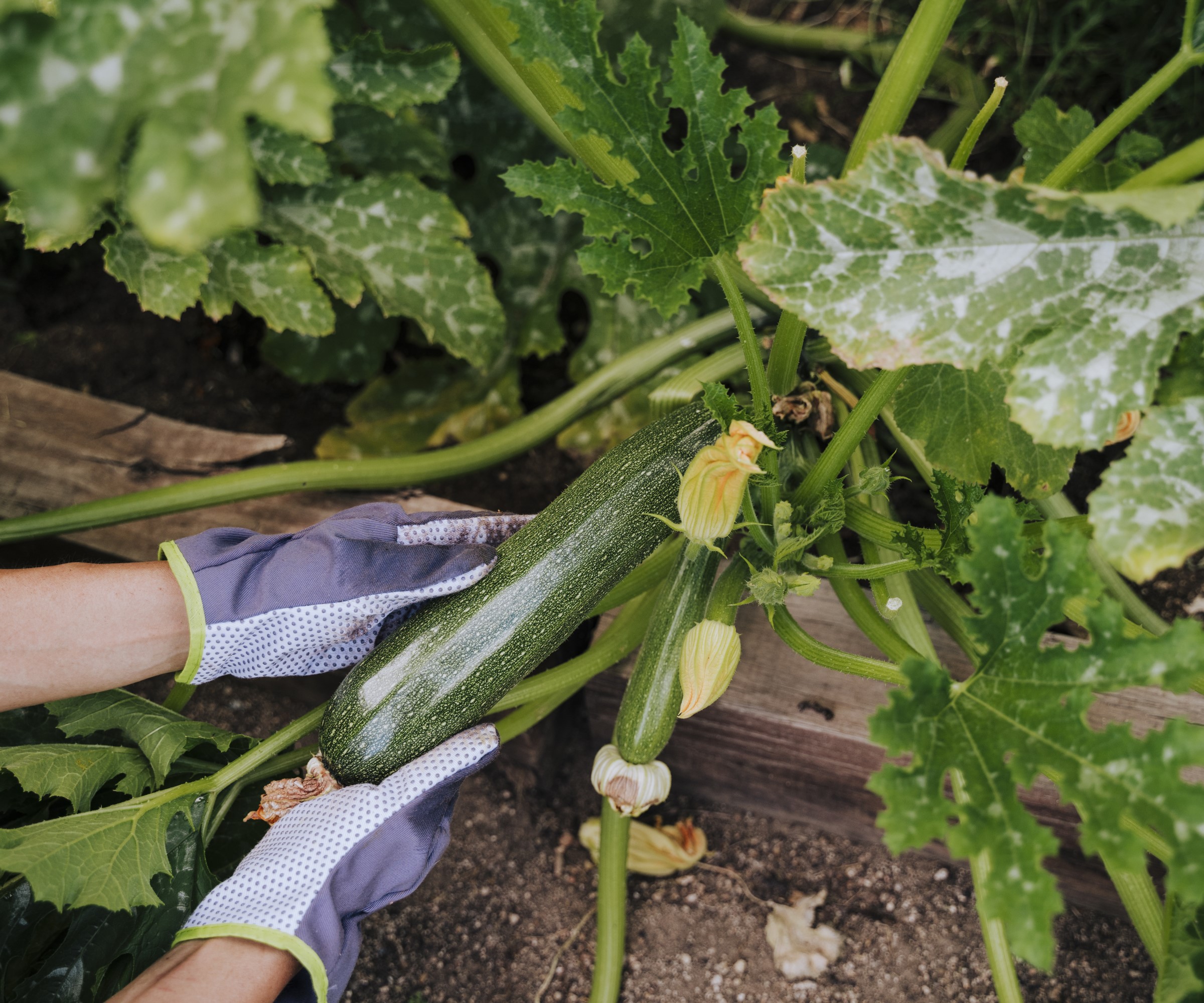
Keep a close eye for bugs on zucchini plants
Whether watering plants or fertilizing zucchini, look for any signs of pest damage out in the backyard. Spotting issues quickly and acting fast in combating zucchini pests can reduce the amount of harm done and help save your zucchini harvest.
Squash Vine Borers
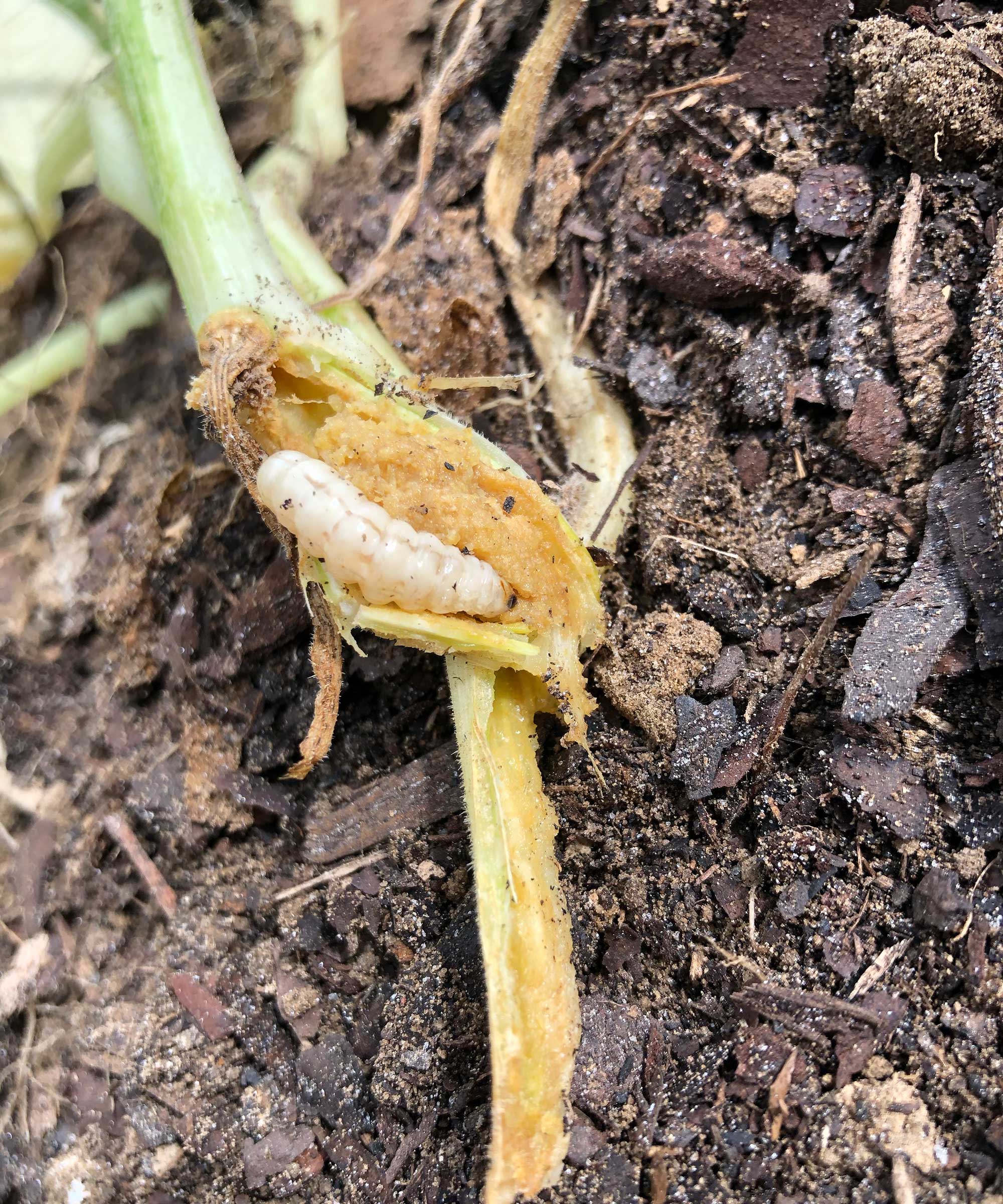
Squash vine borers can be troublesome zucchini pests and Amy Enfield, senior horticulturist at ScottsMiracle-Gro, describes them as ‘the most notorious pest of zucchini plants’. She explains: ‘The caterpillars bore into the stems and feed for up to six weeks, causing the plants to wilt and often die.’
The first signs of squash vine borers may be zucchini plants turning yellow, sections of the plant wilting, and frass (or droppings) at the base of plants. If left untreated, the entire plant can eventually die.
There are ways to get rid of squash vine borers. This includes manually removing bugs by slitting open the stem and removing the pests, or cutting off affected parts of the plant. Alternative treatments include covering young crops or using organic insecticides such as Bacillus thuringiensis (Bt).
Deborah Niemann, the owner of Thrifty Homesteader, hails crop rotation as a fantastic way to combat squash vine borers and other zucchini pests that also overwinter in the soil and emerge in spring.
She recommends: ‘The key to organically growing zucchini year after year, if you have trouble with squash bugs and borers, is to move the location of the plants - the farther away from last year's spot, the better. You want to make it harder for the bugs to find them.’
A ready-to-use spray that kills worms and caterpillar stage insects while causing no harm to birds, earthworms, or beneficial insects. Approved for organic gardening.
Squash Bugs
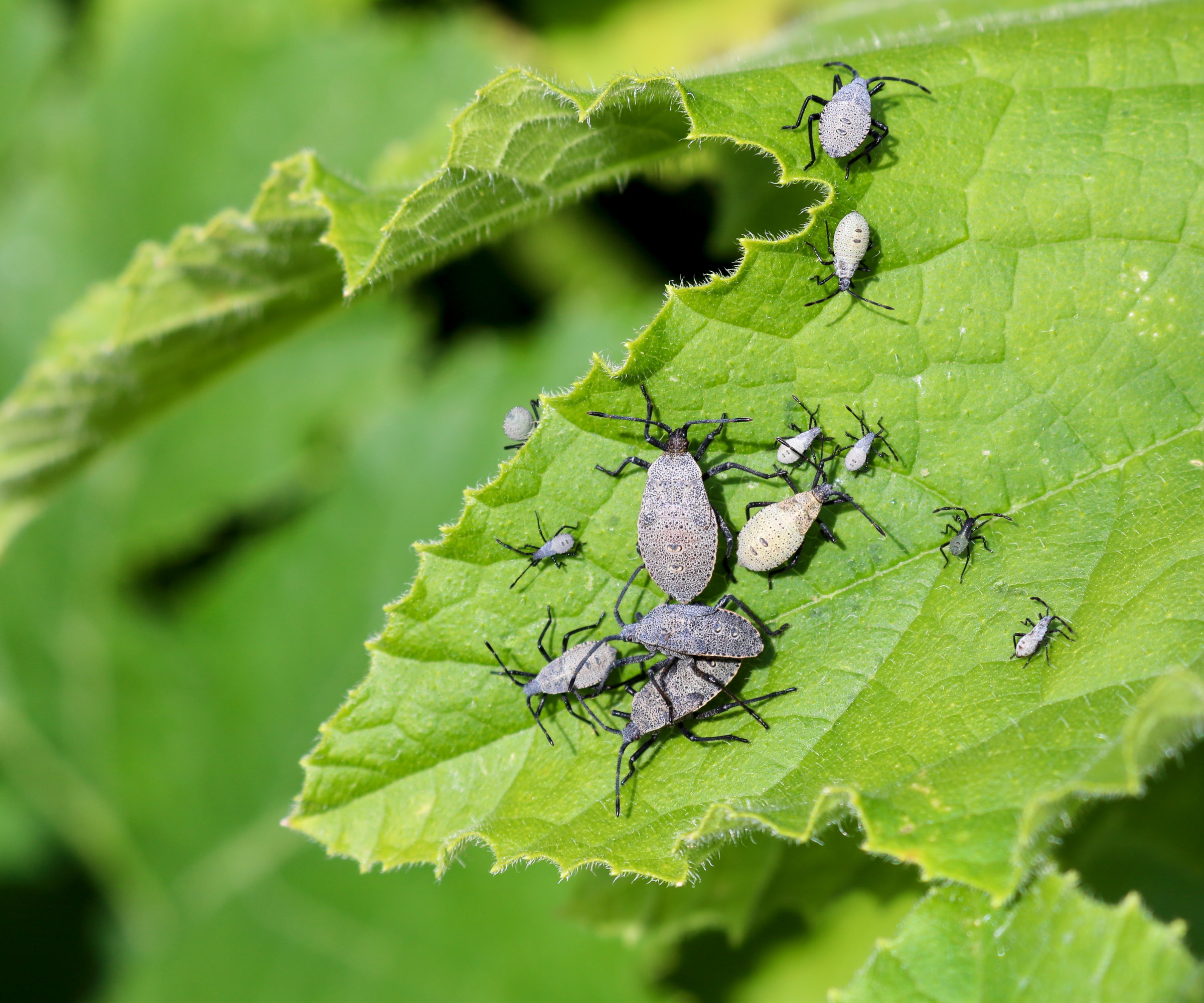
Squash bugs are sap-sucking zucchini pests that also emerge in spring after overwintering in plant debris. The adult bugs are flat and dark grey to dark brown, while the nymphs are greenish-grey color.
Female squash bugs lay clusters of eggs on the underside of leaves and insects feed on all parts of the plant. An affected zucchini plant can have speckled white leaves, experience wilting or stunted growth, or have distorted fruit.
Again, adult squash bugs can be picked off by hand and placed into a container of soapy water or you can plant flowers in a vegetable garden to deter pests and attract beneficial predators. Removing plant debris at the end of the season is also recommended as it limits where the bugs can overwinter.
Deborah Niemann says that protecting young plants with row covers is an astute solution, as older and larger plants can tolerate any potential damage better than young plants.
‘In our area we see bug damage in June or July, so if we plant the seeds around that time and cover them with floating row covers, the bugs will be gone by the time the plants are big enough to start flowering, which is when the floating row covers need to be removed so that pollinators can do their thing,’ says Deborah.
Fine mesh netting made from U.V. stabilized polyethene. Protects plants from a range of pests while is permeable enough to allow sunlight, air, and water to pass through.
Aphids
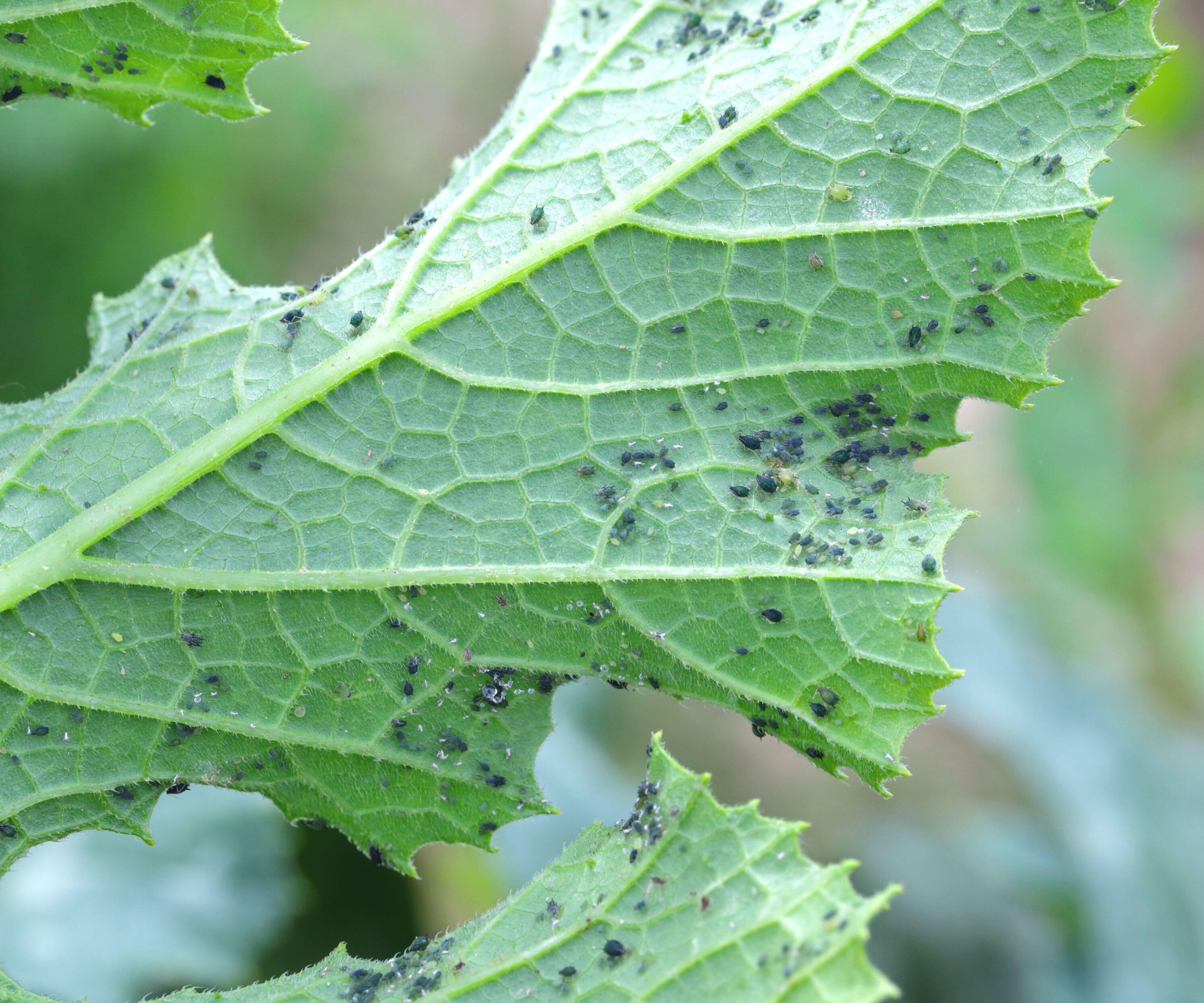
Aphids are common pests in a vegetable garden and zucchini are one of many crops that can experience issues with these sap-suckers. The pests breed prolifically, sucking the sap from leaves and stems and also transmitting zucchini diseases from plant to plant as they go. Aphids can show themselves through yellow leaves or you may see lots of ants on zucchini plants, as they are attracted to the honeydew produced by the aphids.
So, how do you get rid of aphids? Amy Enfield recommends insecticidal soap, available at Amazon, as ‘highly effective against soft-bodied insects like aphids’. She also highlights neem oil as another product to use.
Other potential solutions are to make DIY aphid sprays, such as homemade soapy water or garlic sprays, using diatomaceous earth, or attracting ladybugs to your yard to feast on the aphids. You can do this by planting pollen-rich plants or adding a ladybird house.
Cucumber Beetles
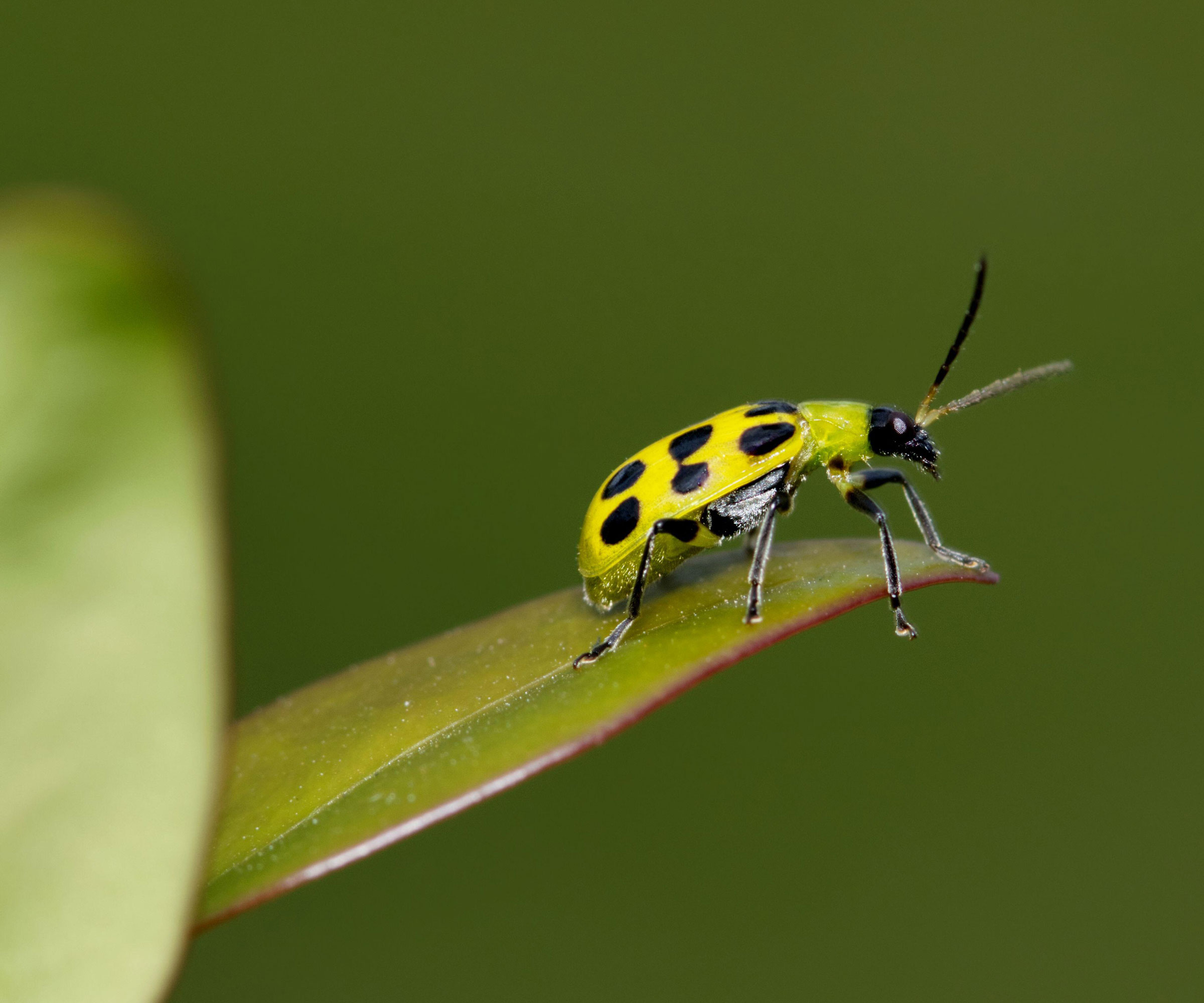
Cucumber beetles are, as expected, an issue when growing cucumbers but also damage other cucurbit crops including pumpkins, squash, and zucchini. The pests, which commonly have a distinctive greenish-yellow body with black spots or stripes, can spread cucumber mosaic virus and bacterial wilt on top of chewing holes into the leaves and flowers of plants.
Covering young plants with row covers early in the season after planting zucchini is recommended, though covers will have to be removed once the plants start flowering, and heavily mulching around plants can make it difficult for the cucumber beetle to lay their eggs in the soil.
Companion planting with aromatic plants can also make a valuable difference. Michelle Bruhn, founder of Forks in the Dirt and co-author of Small-Scale Homesteading, highlights some beneficial crops to take advantage of. She says: ‘Dill attracts parasitic wasps which will prey on cucumber beetles. Marigolds (French or Lemon Gem) and nasturtiums can both help deter cucumber beetles as well.’
If you spot cucumber beetles on your plants, handpick them into a bucket of soapy water or spray neem oil on the plants.
Shop seeds for companion planting
'Mammoth Long Island' dill plants produce feathered 24" tall silvery blue-green stems and foliage. Dill does not transplant well and is best if sown directly in early spring.
'Jewel Mix' are fast-growing 18-24" tall nasturtiums bursting with 2½" papery blooms of canary, peach, carmine, and salmon.
'Lemon Gem' marigold seeds grow tidy 9-12" dwarfed mounds of lacy, fern-like greens covered in radiant ½" yellow blooms. Sow seeds indoors or outdoors ¼" deep in spring.
Stink Bugs
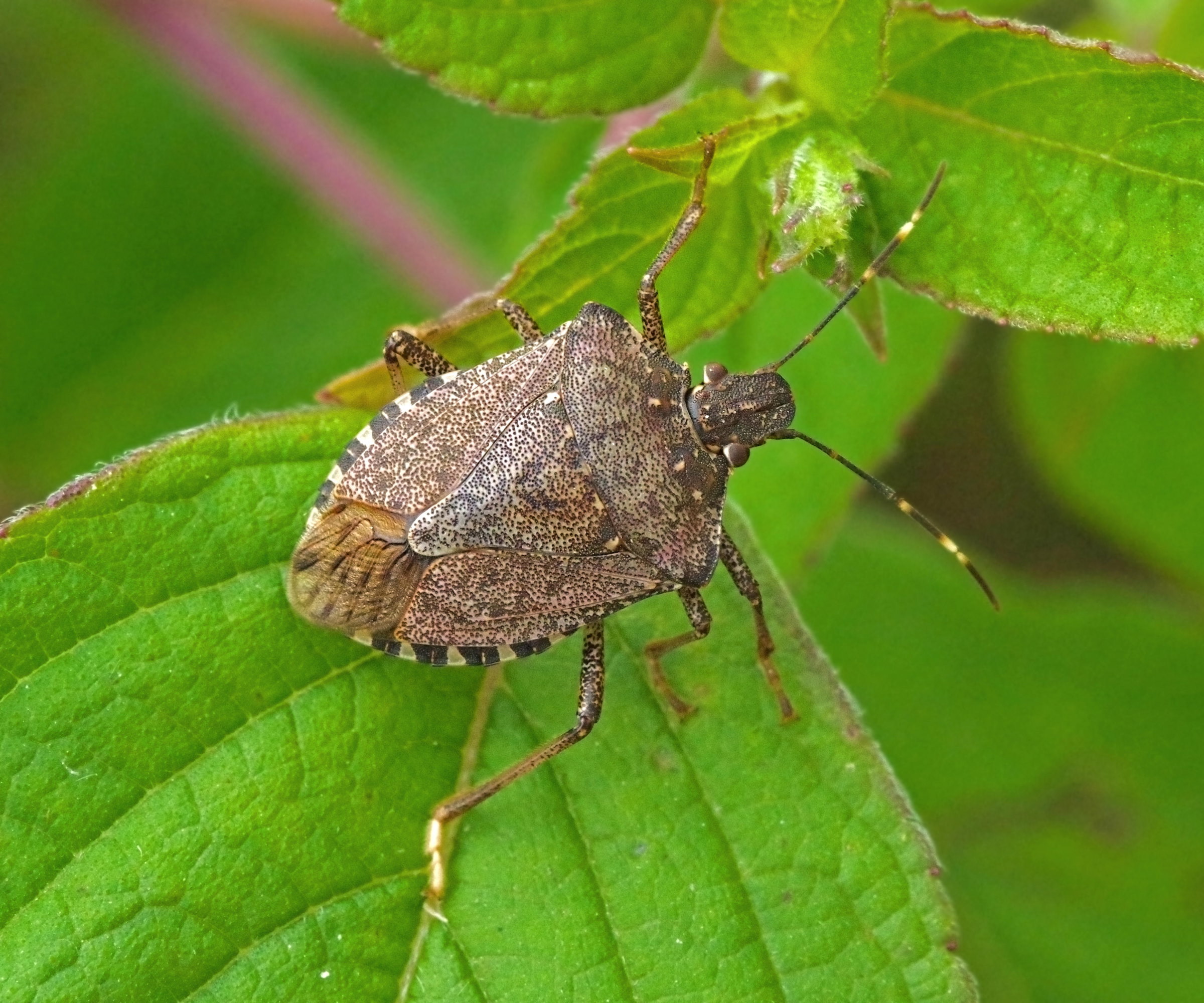
Stink bugs are named for the smell they emit when they are disturbed. These zucchini pests are similar to squash bugs, they are shield-shaped pests that are green or brown and with a row of dots behind their heads.
Stink bugs suck sap from plants and cause damage to the fruits. The zucchini fruits may have pinprick-sized holes with yellow halos around them, that ultimately become mushy and rot.
Stink bugs are large enough to be visible on plants and the odor they emit once disturbed - which resembles coriander or cilantro - can alert you to their presence.
The pests can be picked off by hand, or gardeners can plant marigolds, nasturtium, garlic, or catnip around zucchini as part of natural pest control methods - as they repel stink bugs. Beneficial insects can also be attracted by planting pollen-rich flowers, with lacewings, spiders, and parasitic wasps all predators of stink bugs.
FAQs
How do you protect zucchini from slugs?
Slugs can be a frustrating zucchini pest. Not only do they eat young plants but they often nibble on the fruits too. There are many potential slug control methods to consider, including creating barriers around plants, by using rough surfaces like grit or crushed eggshells, or placing beer traps to tempt slugs away from your zucchini plants. Young plants can be covered with cut-off plastic bottles or other garden cloches, while nematodes can be applied to target the pests and get rid of slugs.
As well as the zucchini pests outlined above, two other minuscule pests can be troublesome for plants. These are thrips and spider mites. A magnifying glass may be required to spot these pests, which both cause discolored leaves, though there are a few signs to keep your eyes peeled for.
Thrips often leave tiny dark deposits behind them on leaves, while spider mites produce small white webs on plants. If you spot either of these, then insecticidal soap can be sprayed onto plants to deal with an infestation.







